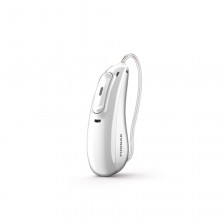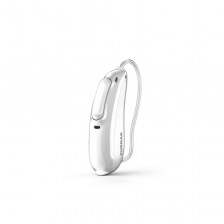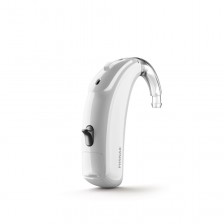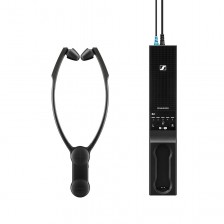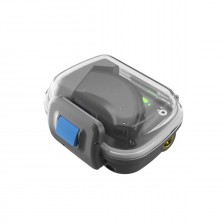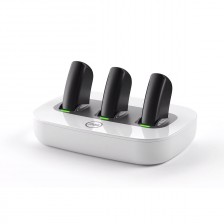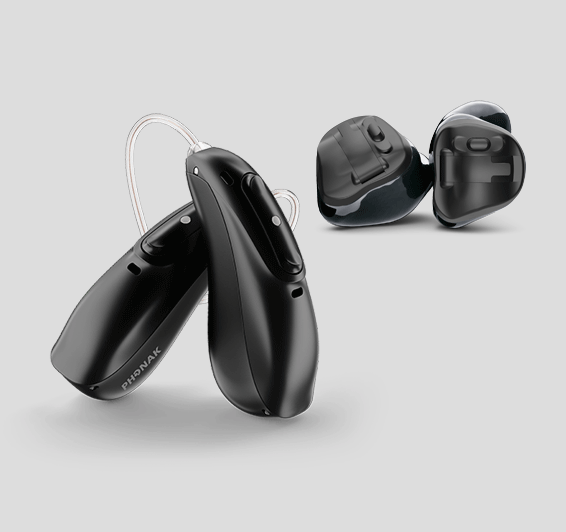What is ototubaritis?


We continue telling you about the various ailments, illnesses and injuries related to hearing. This week, we focus on ototubaritis. Have you ever heard of it?
Ototubaritis is a hearing disorder that causes inflammation of the middle ear. The congestion of the Eustachian tube is often the first sign after infection, by viruses and bacteria that are in the environment and enter the body through the respiratory tract, causing hearing complications.
People who are susceptible to allergies are most likely to suffer from ototubaritis. Children, too, because in their early stages, they have not yet fully developed their immune system to fight these viruses. Cigarette smoking is another risk factor. Smoking can cause damage to the fallopian tubes and not allow the breathing cilia to properly cleanse the mucous membranes.
How do we identify ototubaritis?
We said that ototubaritis is an inflammation of the middle ear but let's look at the main symptoms with which it wakes up:
- Pressure inside the ear canal caused by the accumulation of fluid trapped in the eardrum.
- It may be itchy or itchy.
- Swelling and pain from mild to very severe.
- Fever, dizziness, and lightheadedness.
- Presence of yellowish discharge that may be accompanied by bleeding if there is a perforation of the tympanic membrane.
- Tinnitus.
- Nausea and vomiting.
- High sensitivity to noise.
- Sudden, partial, or total hearing loss, depending on severity.
From ototubaritis to acute otitis media
If not treated in time, ototubaritis most commonly triggers infections such as otitis media, with the acute type being the most common.
In this case, the main symptoms are pain and inflammation of the middle ear but it is not uncommon that there is also the presence of secretions. An otoscopic examination will be necessary to determine the condition of the otitis and assign the best treatment. And what is usually seen in this test? Above all, the doctor finds a reddening of the auditory membrane as well as the presence of pus inside the auditory canal.
Pain relievers, anti-inflammatory drugs and antibiotics will be prescribed. If there is no improvement, it is possible to perform the so-called transtimpanic drainage.
Tinnitus and Ototubaritis
One of the main symptoms of ototubaritis is tinnitus, which is the perception of an uninterrupted sound that does not come from an external source. It is a subjective auditory perception, because the beeps exist, but only within the person who suffers them.
Therefore, tinnitus is another signal that can reveal that something is not working well in our hearing apparatus.
It is also common for people with ototubaritis to suffer from vertigo. It is usually confused with dizziness because it appears to produce the same sensations. However, there is a signal to detect it and it is the nystagmus: an alteration of the ocular movement that occurs in the form of spasms and that cannot be controlled by the subject.
Before ending, we want to recommend that the most important thing is that, at the slightest sign, go to your doctor because he will know the best steps to follow.
We will continue to bring you to the blog many other topics related to hearing. If you want to propose one, go ahead. We're listening!
